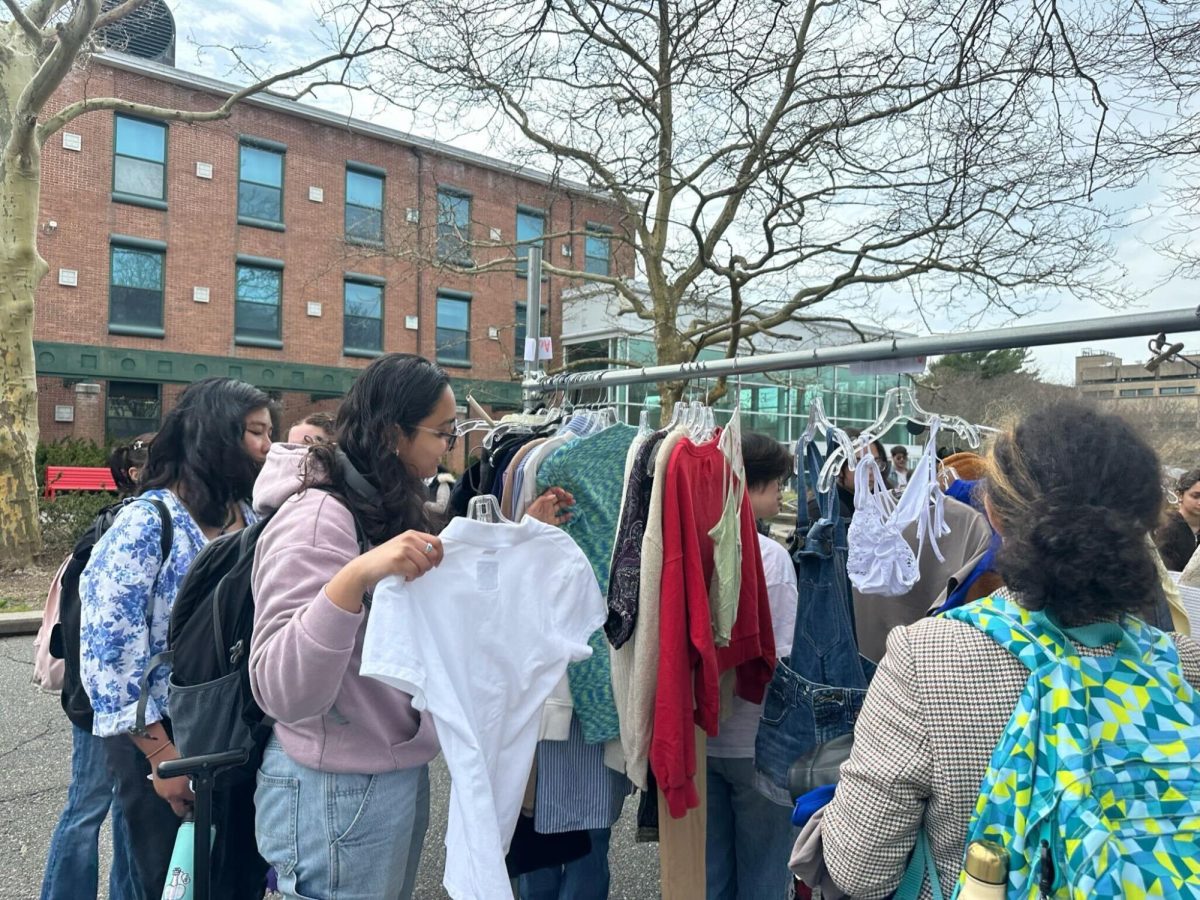
As filmmaking priorities have reoriented to become spaces of greater inclusivity, so too has the role of women in cinema garnered new attention. Particularly in the genre of horror iconic characters come to mind: Neve Campbell’s Sidney Prescott, the troubled high schooler from “Scream,” Jamie Lee Curtis’ Laurie Strode, the ever-hunted babysitter of the Halloween franchise, and the girl next door, Heather Langenkamp’s Nancy Thompson, in “A Nightmare on Elm Street,” to name a few.
While these characters represent a broader trend of the role of women changing from damsels in distress to heroes of their own stories, their independence, of course, can only exist within set parameters.
Critical observations of these “final girls,” a popular term used to describe that one girl who wades from pools of blood to survive their respective horror flick, will uncover that horror classics remain home to sexual puritanism, racism and religious preeminence.
In these films, overwhelming male directors and writers deftly conflate “final girl” with “good girl.” She studies, she’s witty, but not too witty and she’s sexless. She is almost always white and middle class, and she is the only one who can save the day. There is no one to save her but herself, and as this responsibility is thrust upon her, she will assuredly not express too much explosion of emotion.
When watching horror films we must ask ourselves, repeatedly, why does she keep showing up? A different outfit, a different town, yet, the same girl? Why are we so enamored by her vitality in saving herself? Zoom out, and there is empowerment: a modern woman taking control of her circumstances and conquering those who try to stop her. However, step behind the lens of the camera of nearly all blockbuster horror films and find male writers outlining this final girl, her control conditional. This conditionality, according to writer and professor Jack Halberstam, suggests these women are presented as “boyish,” punished for any expression of femininity.
The horror films of the 70s, 80s and 90s are the crux of the genre itself, with “Halloween” directed by John Carpenter and “Nightmare on Elm Street” directed by Wes Craven still receiving a never-ending stream of remakes, sequels and prequels to this day.
Outside the films, however, America culturally and politically experienced a paradigm shift back to the rugged individualism of the 1920s, with subtly conservative politics inserted to match main protagonists such as Laurie Strode and Nancy Thompson who follow similar enough narratives. Young white upper-middle-class girls, who in contrast to their sexually active friends, keep themselves busy with their heads in books and home with their families. Also in contrast to their friends, they survive the film (for the most part). It is impossible to ignore the subtext; sexual activity should and will be punished by invisible forces.
The inclusion of women in these films is conditional on the fact that they do not express their own femininity or sexuality, or else they become another dead body. The murder of men is considered an afterthought, merely collateral following their partner’s sin. Laurie and Nancy are rewarded for their abstinence with life, as if sexuality is synonymous with death, perpetuating misogynistic association of impurity with female sexuality. Having women on one side of the camera proves futile if, on the other side, men are deciding their fate.
The settings of white suburbia victimized by the killers propel racist ideologies that these are not the places where bad things happen, that these are not the people that should be victims. In “Halloween,” a quiet, Illinois suburb is infiltrated by an evil unknown. Adjacent to this evil comes outspoken and educated women, suggesting that the change in cultural norms comes with brutal attackers in every window. A dynamic is established that not only will these women be punished, but that their youthful ideologies are directly linked to the destruction of their once “pure” towns.
This is largely reminiscent of a resurgence of conservative values in the 1970s and 80s, and the necessity to fight for yourself in a world overrun by counter-culture and widening civil unrest. The white suburban towns are posed as victims, and by the conclusion, the final girl is the only one left of the youth, seemingly returning the town to a time of unfettered simplicity.
Subversion of the final girl trope necessarily requires subversion of casts and settings centered around whiteness. “Get Out,” directed by Jordan Peele, typifies this idea — it rejects the final girl, and explicitly frames white supremacy as an antagonistic force, rather than a victim.
In the purity culture of American horror films, choosing a chastity belt as armor is the smartest “survival tactic” in a cruel world of murder and assault. This portrays a woman’s progression into womanhood as more of a journey to keep her own “innocence” intact in the face of the cruelties within our society. Wes Craven’s “Scream” attempts to criticize the rampant purity culture in earlier horror films; this, however, largely falls flat. Although the writers of “Scream” allowed Sidney to survive following losing her virginity, she lost her virginity under false pretenses — to her boyfriend, just before she discovers he is a serial killer. This, again, shades the act of sex with shame and stigma and only just enough self-awareness to allow Sidney to limp into the sequel. Perhaps she is not a final girl under the strictest of definitions — she has sex and lives. Or, perhaps, she represents a contemporary retooling of the final girl.
Gone are the days of purity politics and sexual shaming. Now, men can thrust women into the arms of murderous sexual libertines with ease, stamping their obsession with women’s bodies onto a new era of sex positivity.
As Benjamin Franklin once said, “nothing can be said to be certain, except death and taxes,” and apparently, the final girl.


















